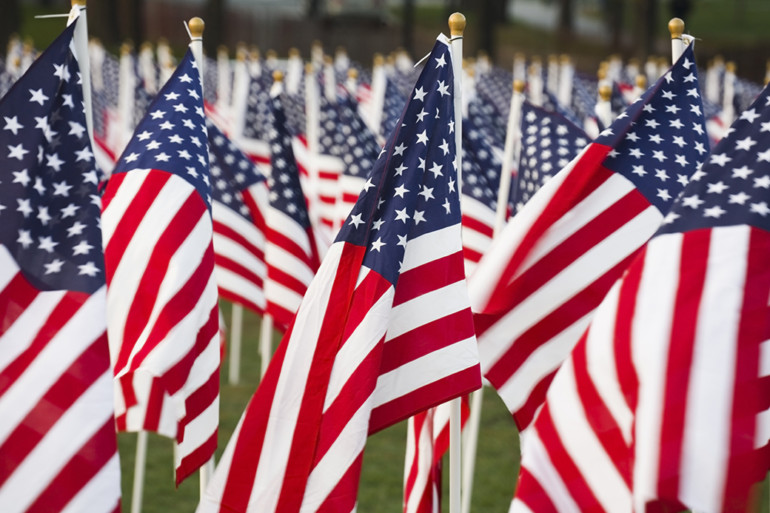Unlike Thanksgiving and the Fourth of July, Memorial Day (May 27, this year) is a relatively new holiday. In May 1868, General John A. Logan, commander of a Union Army veterans’ group, called for a nationwide day of commemoration for the more than 620,000 soldiers killed on both sides of the Civil War.
Some soldiers were honored before this, however: On May 1, 1865, more than 1,000 recently freed slaves, along with members of the U.S. Colored Troops and a number of white Charlestonians, assembled to create a proper burial site for the Union dead. Here are some other lesser-known facts about Memorial Day, courtesy of history.com.
- Logan probably adapted the idea from similar rituals in the South.
Even before the Civil War ended, women’s groups in Southern states were gathering informally to decorate the graves of Confederate dead. - It underwent a name change.
Although the term Memorial Day was in use by the 1880s, the holiday was officially known as Decoration Day for more than a century; a federal law changed the name in 1971. - It started with a narrower focus.
For more than 50 years the holiday honored only the Civil War dead, not Americans killed serving in other conflicts. It wasn’t until the U.S. entered World War I that those memorialized included all U.S. military members who died during service. Even so, Memorial Day was not officially a national holiday until the 1970s, during America’s tumultuous involvement in the Vietnam War. - More than 20 towns have laid claim to being the holiday’s “birthplace” — but only one has federal recognition.
In 1966, 100 years after the town of Waterloo, New York, began shuttering its businesses for the day to hold the first of many annual celebrations of the military dead, President Lyndon Johnson signed congressional legislation declaring the upstate village the “official” birthplace of Memorial Day. - Memorial Day traditions have evolved over the years.
There are some formal rituals still on the books: the American flag should be hung at half-staff until noon, then raised to the top of the staff. And in keeping with legislation passed by Congress in 2000, all Americans are encouraged to pause for a National Moment of Remembrance at 3 p.m. local time. - The largest Memorial Day parade is the National Day Parade in Washington D.C.
The event draws on the tradition of historic parades, going back to the beginning of the holiday. You can watch the parade streamed live on YouTube and Military.com.


